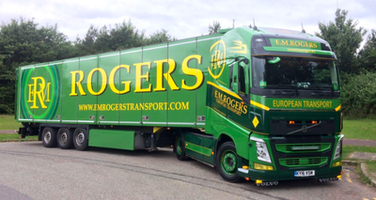
Although moving can be fun, going to a new location, meeting new people and seeing new things, the actually process of moving can be quite overwhelming. There are utility companies to contact, a home to clean, removal companies that may need to be hired and let's not forget the actually packing of all of your belongings. Although packing can be hectic, there is no reason for it to be overly complicated. Here are a few tips and pointers that will help make the experience easier for you:

1. Do Not Wait Long To Pack The amount of items you will have to pack will determine the amount of time it takes you to pack. Of you have a large home and many belongings, packing one box a day will mean that in two months you will be completely packed. If you have a smaller home and fewer items than a month will be more than enough time. This of course is not an exact time frame, just an estimate.
2. Start In Areas That Are Not As Needed Packing the items that you do not need on a daily basis first makes the most sense. There are also seasonal items such as Christmas lights and decorations, coats, gardening tools etc. that if not being used should also be packed first.
3. Take On One Room at a Time This very important packing tips seems to be the one that is most often neglected. Not only will this help with your own organisation but will also assist with letting movers, or those helping you to unload the boxes, know exactly where each box belongs.
4. Declutter Do not pack things that are not necessary, give any old or unwanted belongings to charity or hold a garage sale. Thanks to technology, you can now even sell them on eBay. If friends or family are assisting you with the move than perhaps there are unwanted items of yours that they may like, this is a great way to “pay” those who are offering you their precious time.
5. Keep the Weight of Each Box Sensible Not only could an overly heavy box break due to the excess weight, you or someone else could injure themselves trying to carry it. Light items should be packed in large boxes and items which are heavier should be packed in small boxes.
6. Fill In The Empty Gaps Secure your items by using packing papers, old rags, old newspapers etc to fill in any gaps throughout your boxes.
7. Label Each and Every Box With a marker write the contents on each box. It is best to write this on the sides of the boxes as opposed to on the top, if they are stacked you will still be able to recognise them. Another helpful tip is to have a different color for each room. If you have children, this is a great activity they can help out with, not only will it lighten you load, but it will also help make the move a bit easier and fun for the children. These simple yet effective tips can help make packing for a move much easier and organised. Of course all members of AIM will be happy to provide you with a quotation for packing if needed.





